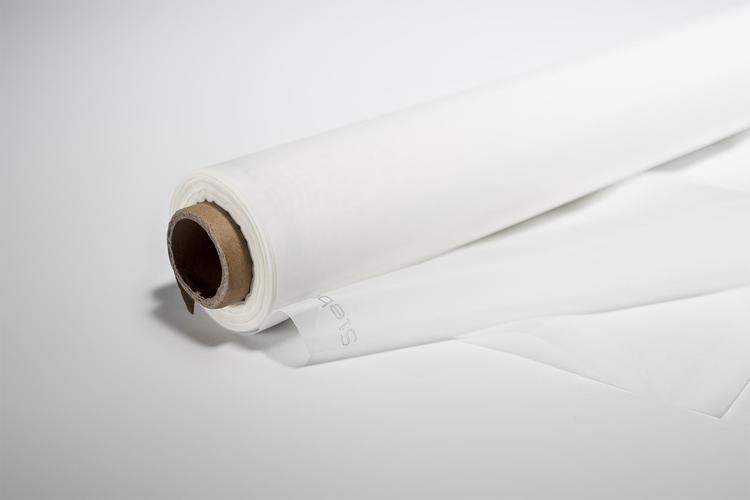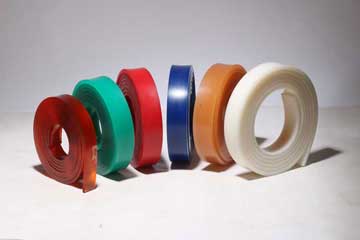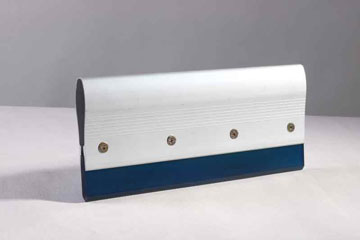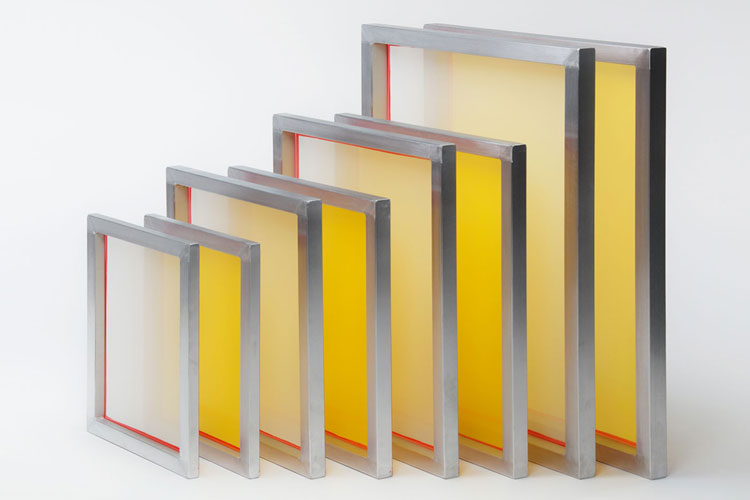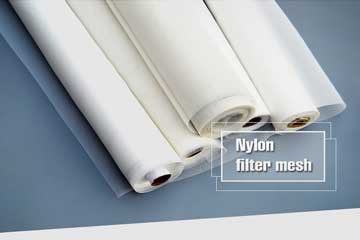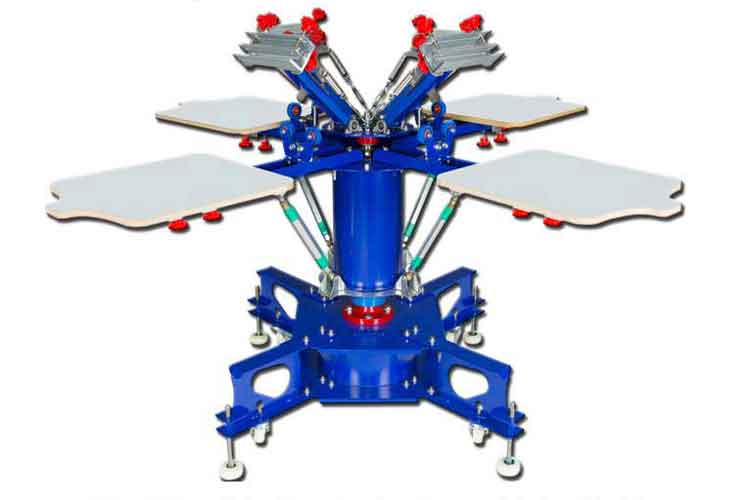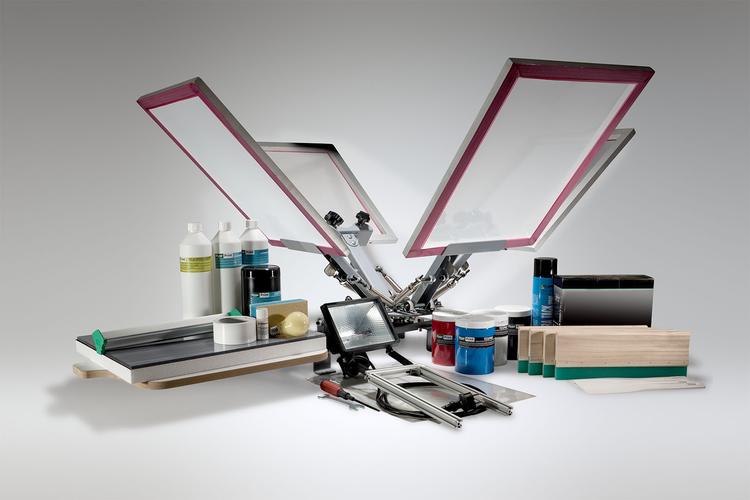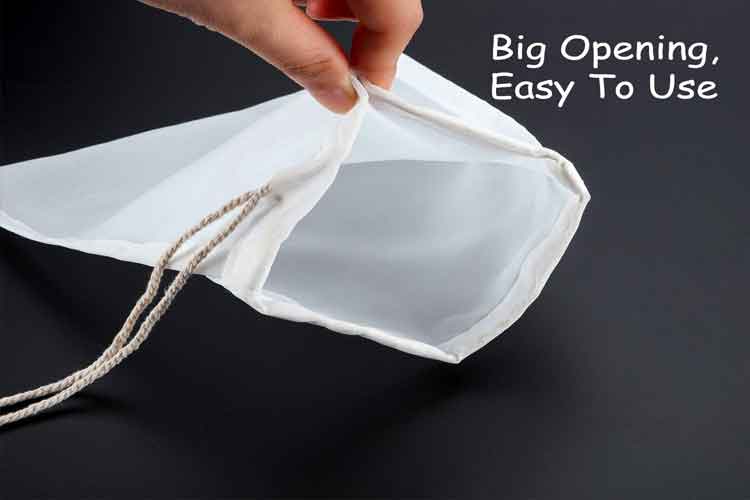200 Mesh Screen Printing: Precision in Detail for Professional Quality Prints
Incorporating 200 mesh screens into your screen printing process can greatly elevate the quality of your prints, meeting the high standards of professional and artistic projects alike. By choosing the right mesh and adhering to these technical guidelines,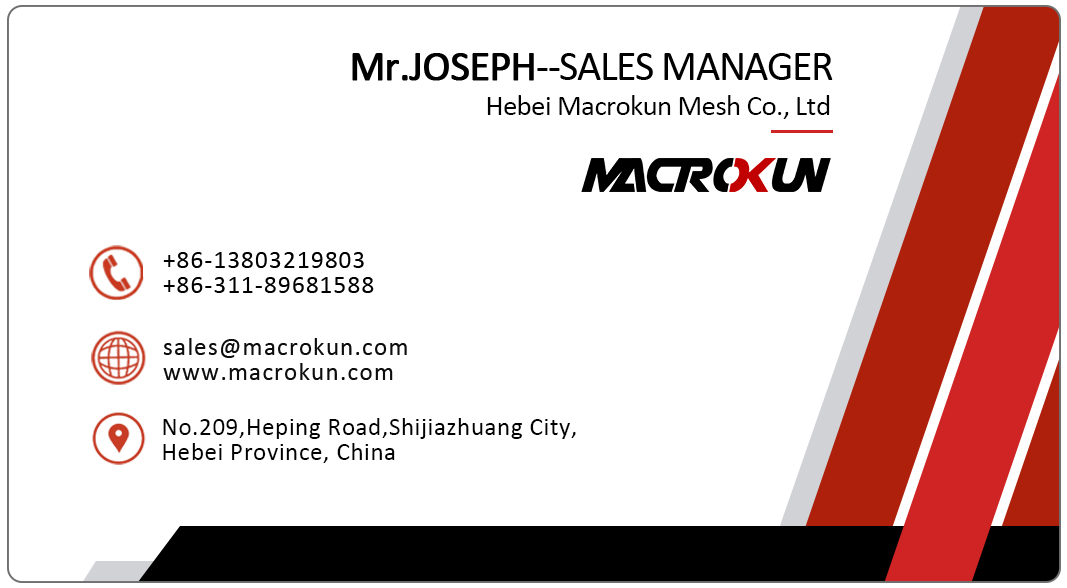
For professionals in the screen printing industry, achieving high-resolution results with fine details is essential, and mesh selection plays a pivotal role in this. A 200 mesh count screen, with its high thread density, is specifically designed to capture intricate patterns and sharp details, making it ideal for detailed artwork, fine text, and halftone printing.
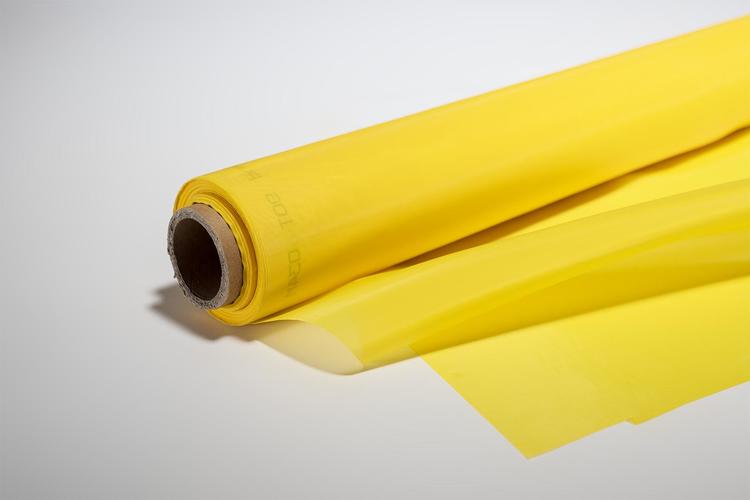
What Is a 200 Mesh Screen?
The "200 mesh" designation refers to the number of threads per inch within the screen. With 200 threads crossing in each direction per square inch, this mesh count provides a smaller opening through which ink passes. This design allows for the control of ink flow, making it ideal for intricate designs or high-precision applications where fine details are critical.
Key Benefits of a 200 Mesh Screen
-
Superior Detail and Definition: The higher thread density means smaller openings, which translates to crisp, high-definition results. For complex designs with intricate lines or gradients, this mesh captures detail that would be blurred with a lower mesh count.
-
Reduced Ink Deposit: The small openings in a 200 mesh screen restrict ink flow, depositing only a thin layer. This feature is beneficial for achieving smooth gradients, subtle halftones, and fine lines, making it popular for intricate designs and multi-color layering applications.
-
Ideal for Photorealistic Prints: A 200 mesh count can capture photorealistic details, which is particularly valuable in producing lifelike images or designs that require high precision, such as logos or intricate graphics for fashion or branding.
-
Versatile for Various Inks: This mesh count works well with thin to medium viscosity inks, commonly used in high-precision designs. Its versatility is particularly valuable for printers working with water-based and discharge inks that require control over ink deposit without compromising detail.
Applications of 200 Mesh in Screen Printing
A 200 mesh screen is frequently used for printing on garments, promotional items, or any surface that demands a detailed, professional finish. It's particularly suited for:
- Textile Printing: Ideal for fabric applications where a detailed logo or design is required.
- High-End Promotional Materials: Its fine detail is perfect for limited-edition prints or high-quality merchandise.
- Photorealistic and Halftone Printing: Essential for artwork that requires gradients, shadows, or a photorealistic finish.
Technical Considerations for Using a 200 Mesh Screen
Using a 200 mesh screen requires careful attention to several technical factors to ensure optimal results:
-
Tension and Frame Type: Maintaining tension is crucial for achieving consistent prints. The higher the tension, the sharper and more consistent the image. Aluminum frames are commonly recommended due to their durability and stability.
-
Ink Viscosity and Selection: Given the fine mesh openings, a lower viscosity ink flows better through a 200 mesh screen, ensuring even distribution without clogging. Ideal inks include water-based, discharge, and plastisol inks in thin formulations.
-
Proper Emulsion Application: For finer details, a thinner layer of emulsion is essential to prevent clogging in the smaller mesh openings. Over-thick emulsion can block ink flow, so achieving the correct emulsion thickness is crucial.
-
Avoiding the Moiré Effect: The tight weave of a 200 mesh screen can sometimes produce an undesirable interference pattern known as Moiré when used with halftone images. To prevent this, ensure the angle of the halftone dots is optimized or use RIP software for optimal pattern placement.
-
Ink Curing and Post-Print Treatment: Due to the thin ink deposit, curing may be quicker, but the process still demands attention to prevent any smudging or smearing on the final product.
Why Choose a 200 Mesh Count for Professional Screen Printing?
Professional screen printers select a 200 mesh screen when the design demands absolute precision. Whether it’s for printing on fashion garments, branded merchandise, or creating limited edition artwork, the 200 mesh screen provides unparalleled control over ink flow and detail. Its capability to produce crisp, clean lines and capture high-resolution images makes it a preferred choice for top-quality print jobs.
Selecting the Right Supplier for Your 200 Mesh Screen Printing Needs
When sourcing a 200 mesh screen, consider factors such as mesh quality, thread diameter, and frame material. Reputable suppliers provide detailed specifications and support to help you choose the correct screen tension, frame material, and mesh type to suit your project’s requirements.
Incorporating 200 mesh screens into your screen printing process can greatly elevate the quality of your prints, meeting the high standards of professional and artistic projects alike. By choosing the right mesh and adhering to these technical guidelines, your screen printing process can achieve the fine detail and professional quality that sets your prints apart from the competition.
Pre:The Complete Guide to Screen Printing Squeegees: Blades, Handles, Prices, and Types
Next:160 Mesh Screen Printing Mesh: An Optimized Sales Article
Tags:
